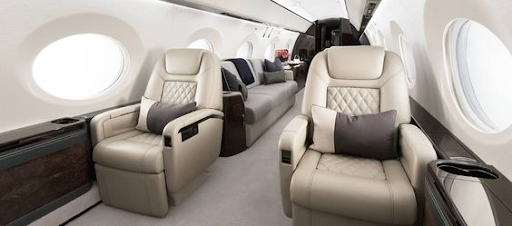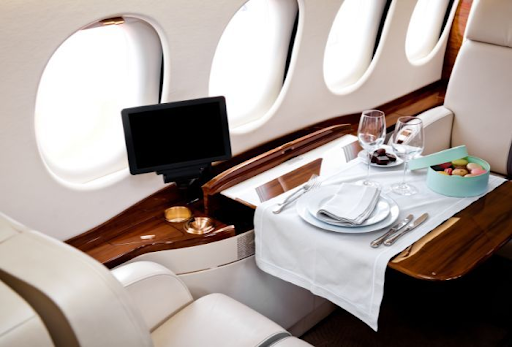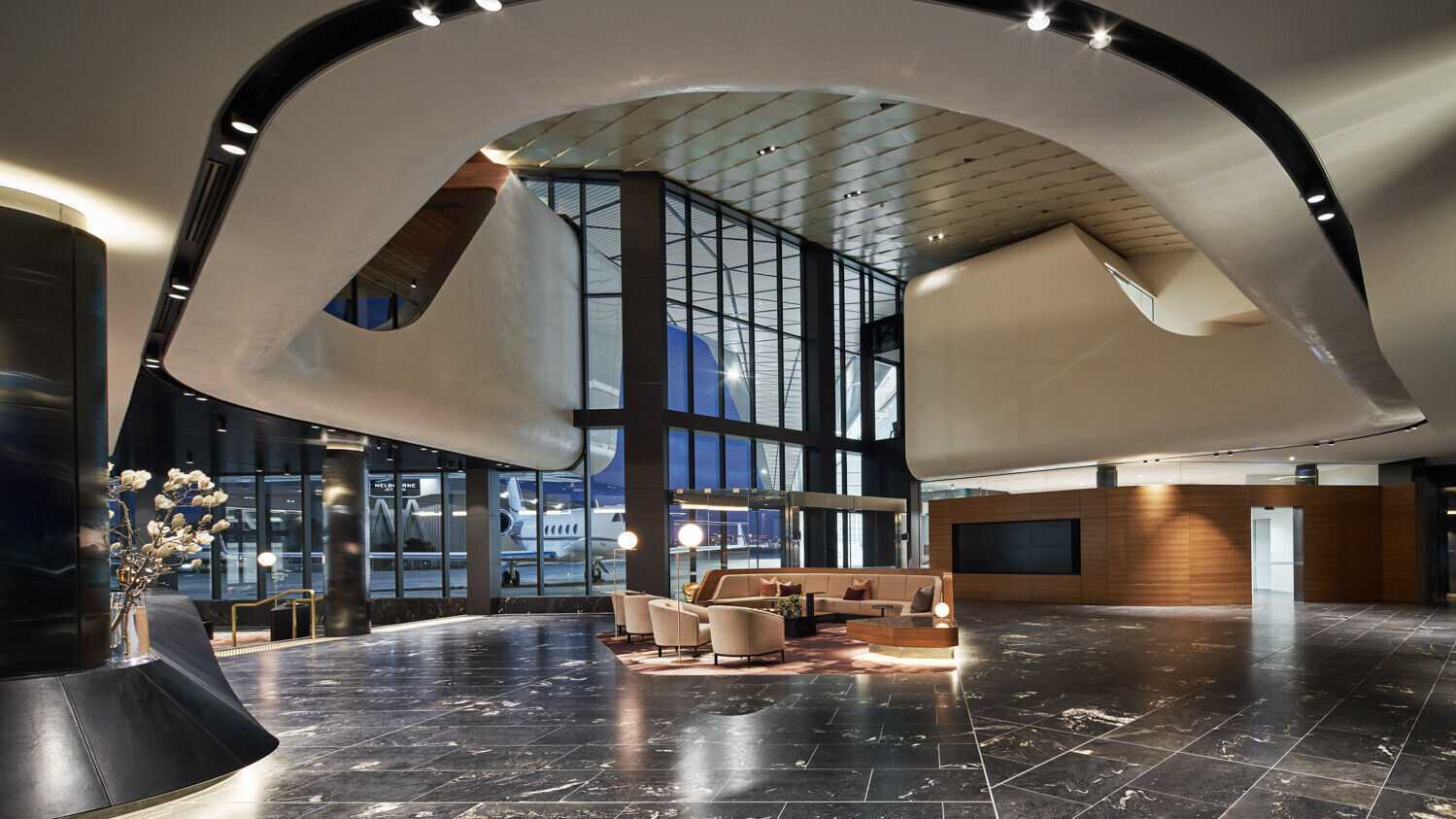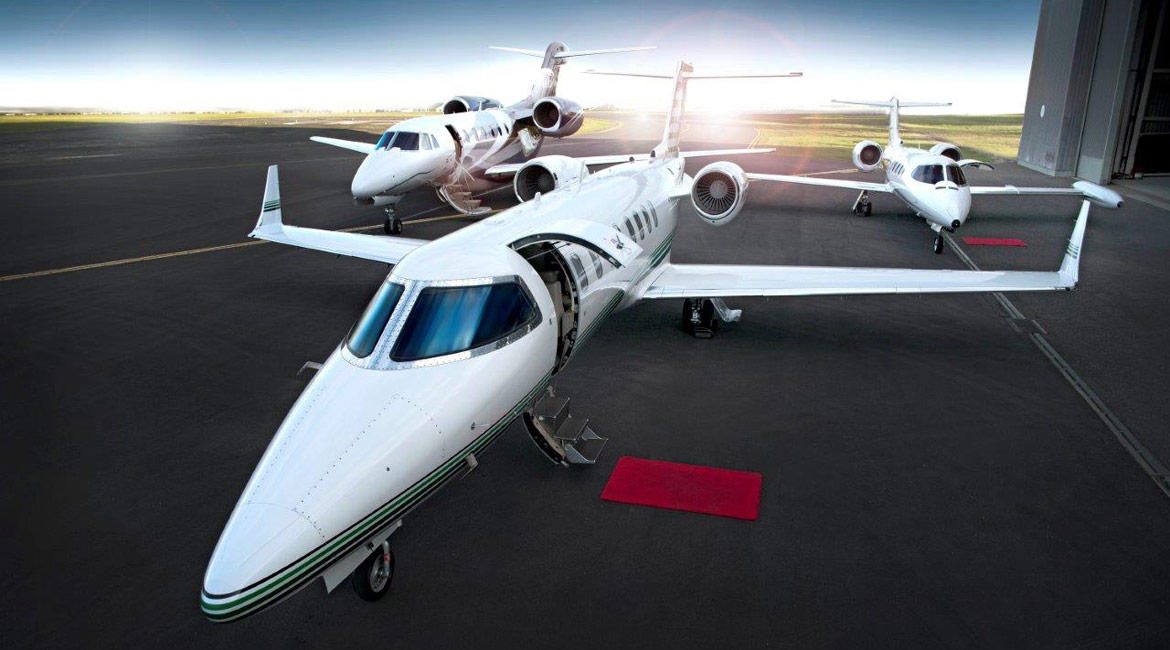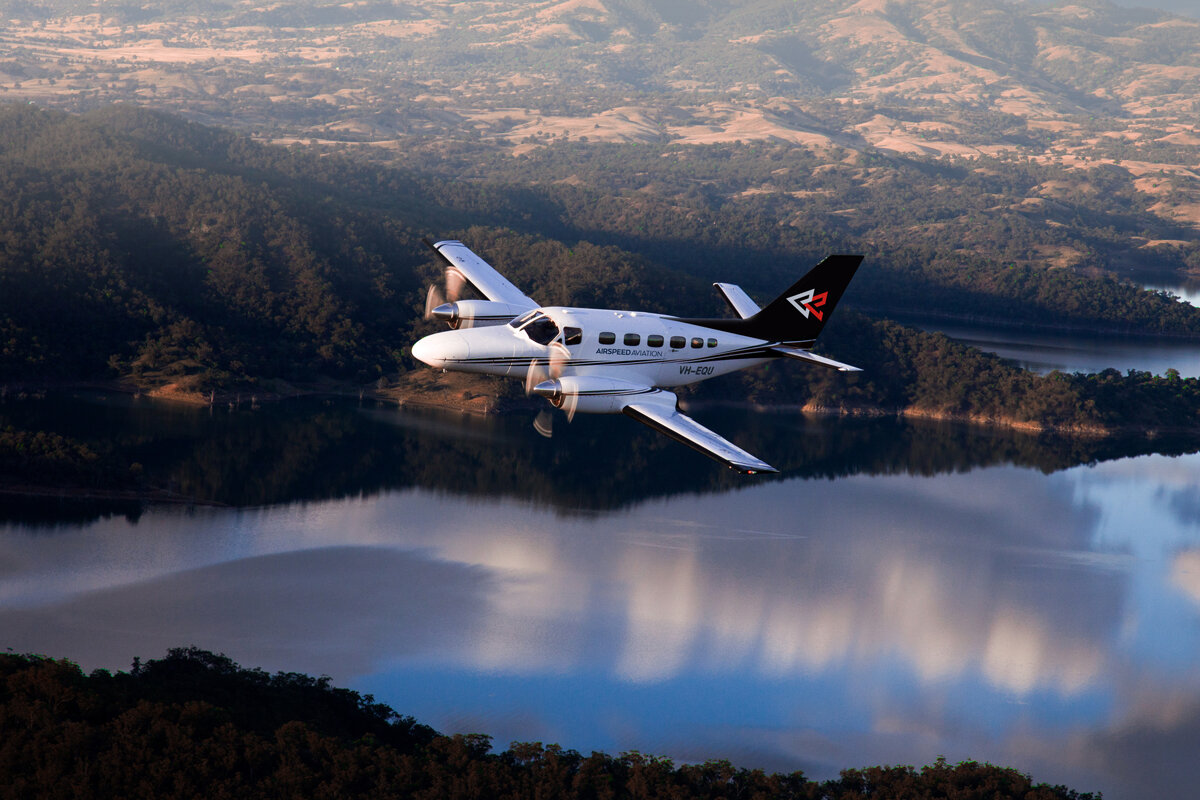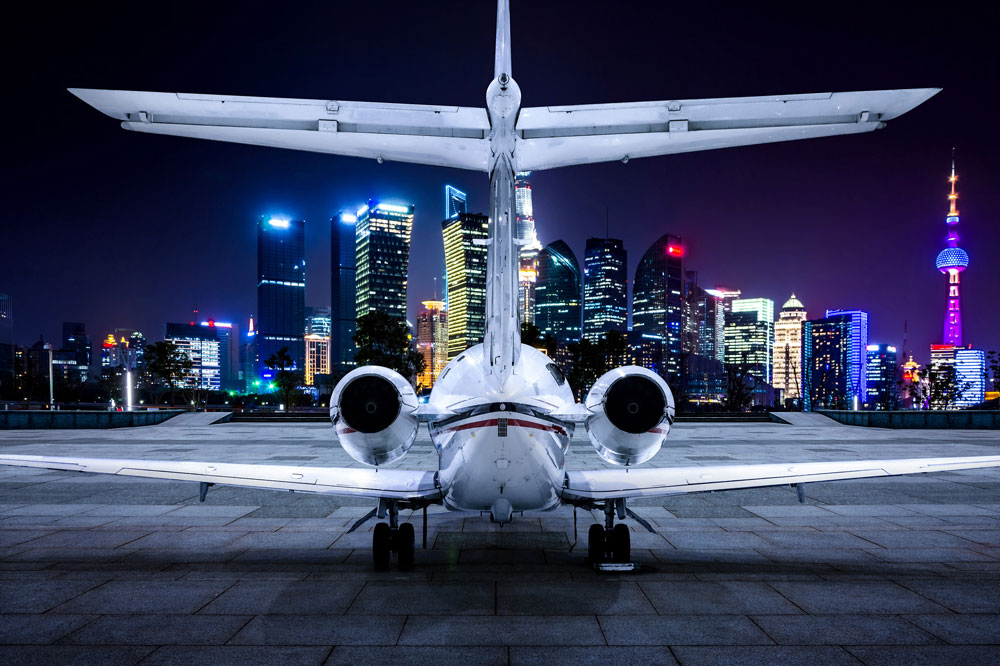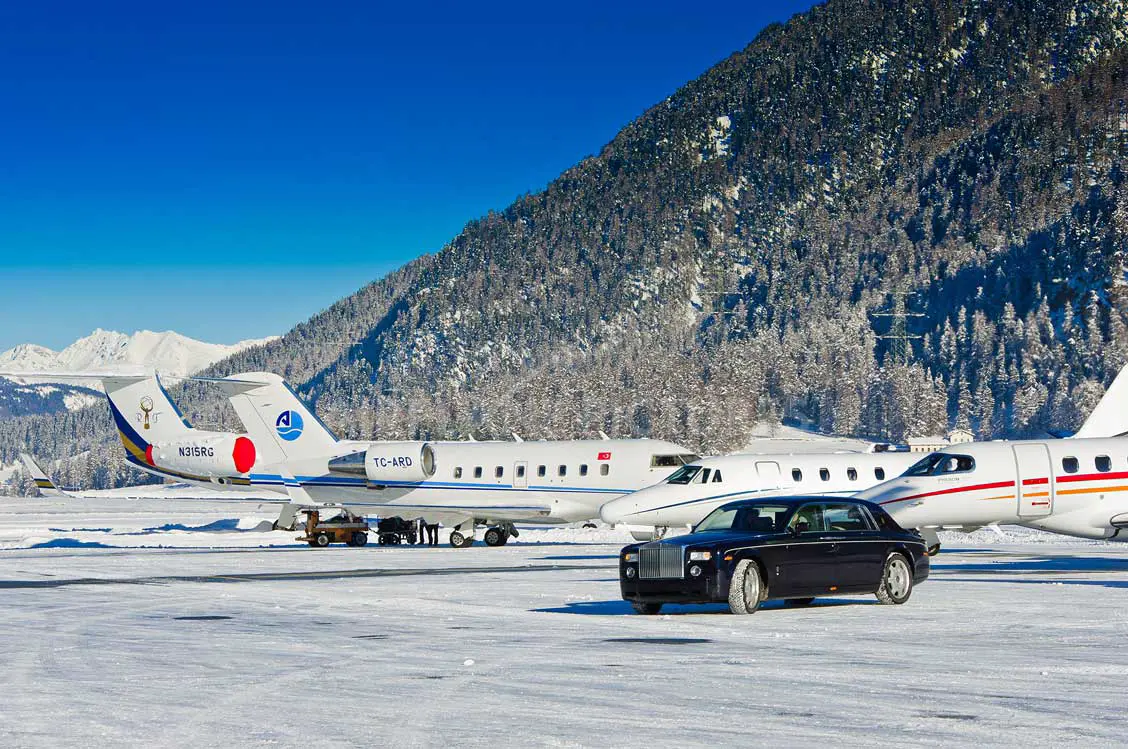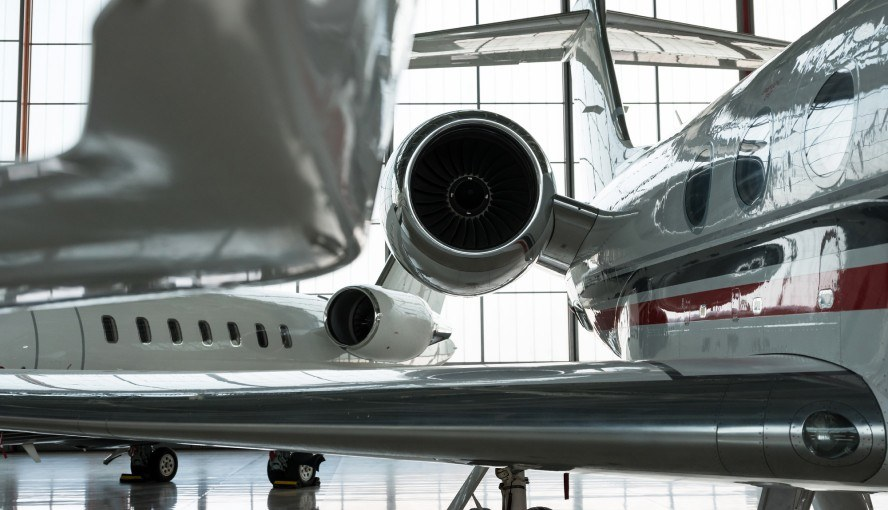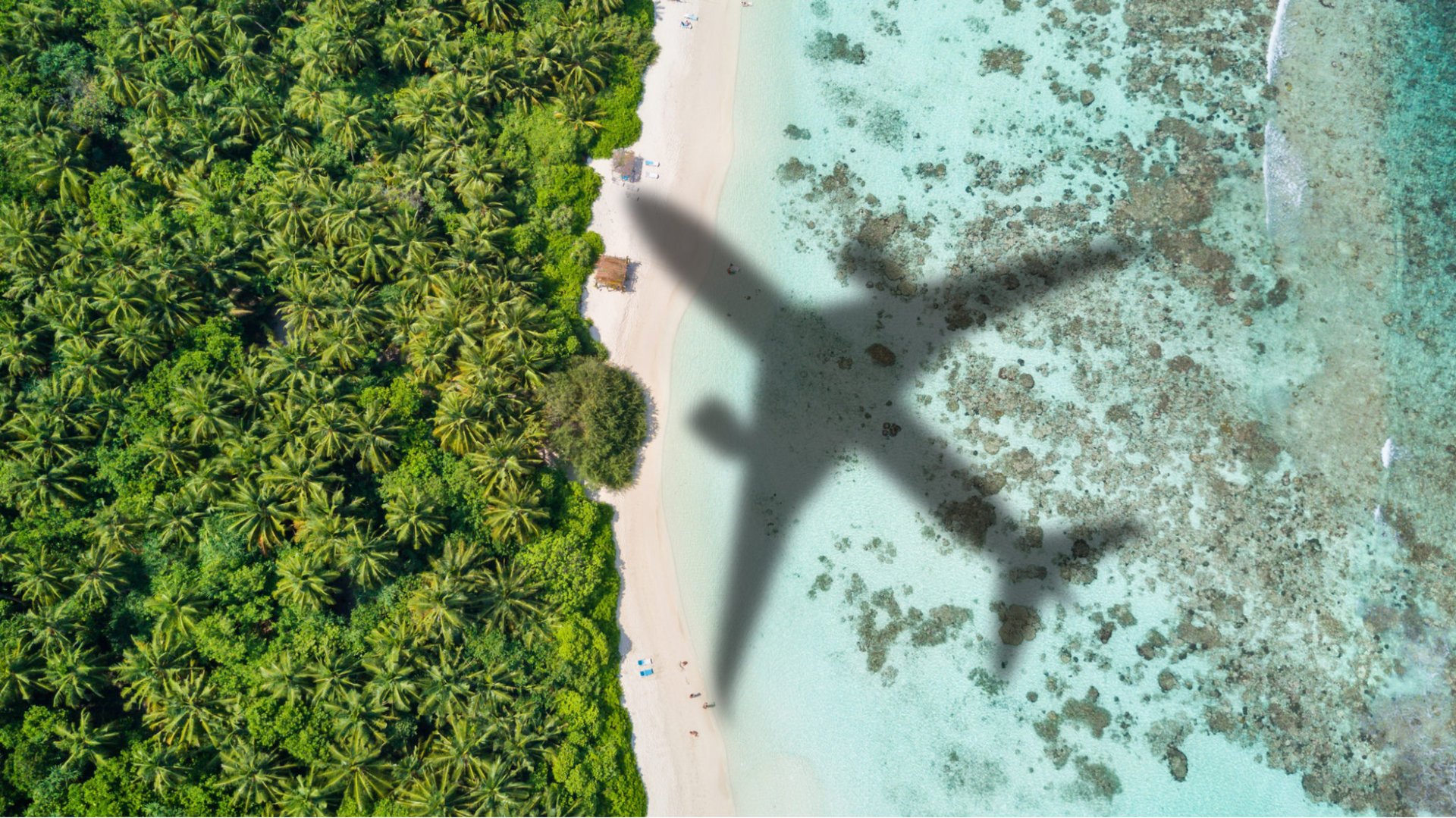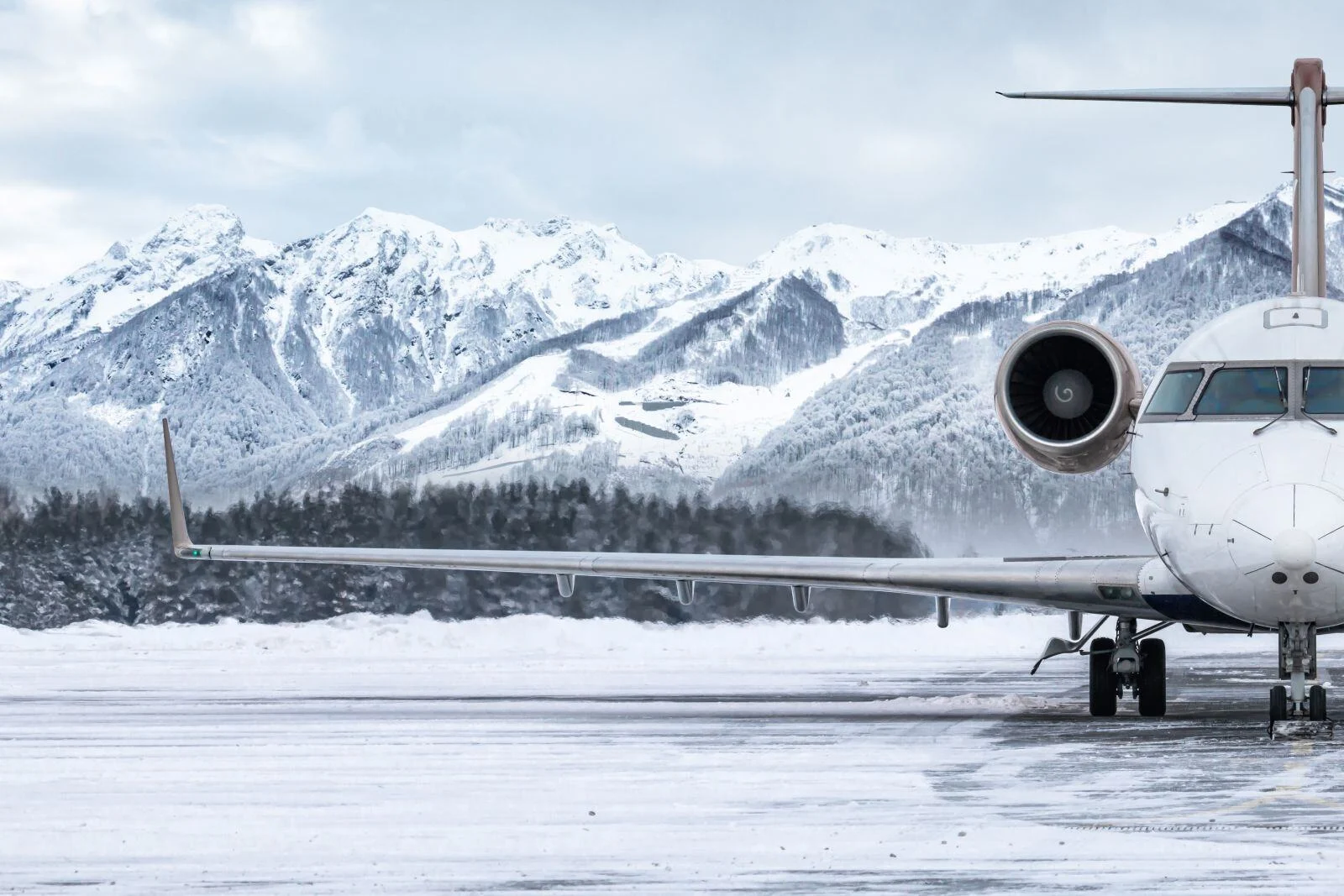Airplane Rental Safety: Essential Requirements in Sydney
When it comes to airplane rental, safety is paramount, especially in a bustling and highly regulated airspace like Sydney. Ensuring that all safety requirements are met is not just about compliance; it's about protecting lives and maintaining the integrity of the aviation industry. Whether you're a seasoned pilot or a first-time renter, understanding the critical aspects of airplane rental safety is essential for a secure and hassle-free experience.
Understanding Airplane Rental Safety Requirements
Sydney's airspace is among the busiest in Australia, making adherence to safety protocols crucial.
The Civil Aviation Safety Authority (CASA) enforces strict regulations to ensure that all aircraft operate safely and that pilots are well-prepared to handle the complexities of flying in such an environment. As a renter, being aware of these requirements is your first step toward a safe flight.
Regulatory Compliance in Sydney
In Sydney, all aircraft rentals must comply with CASA regulations. These rules cover everything from aircraft maintenance to pilot qualifications. As a renter, you need to ensure that the aircraft you're renting is compliant with these regulations. This includes verifying that the aircraft has passed all required inspections and that all maintenance records are up to date.
CASA's regulations are designed to maintain high safety standards, but they can be complex. It's important to familiarize yourself with these rules or consult with an expert before renting an aircraft. Ignorance of these regulations can lead to severe penalties, not to mention the increased risk of accidents.
Pilot Qualifications and Certifications
A key component of airplane rental safety is ensuring that the pilot meets all necessary qualifications. In Sydney, pilots must hold a valid pilot license issued by CASA, and they must have completed all required training and certification standards specific to the type of aircraft they intend to fly.
Before renting an aircraft, verify the pilot's credentials, including their license, medical certification, and recent flight experience. This not only ensures compliance with legal requirements but also significantly reduces the risk of accidents caused by pilot error. Renting an aircraft without ensuring the pilot is properly certified is not only illegal but extremely dangerous.
Pre-Rental Aircraft Inspections
Before taking to the skies, a thorough inspection of the aircraft is crucial. Pre-rental inspections are a vital part of the safety process, helping to identify any potential issues that could compromise the flight.
Importance of a Thorough Pre-Flight Check
The importance of a pre-flight check cannot be overstated. This inspection ensures that the aircraft is in good mechanical condition and that all systems are functioning properly. A thorough check includes reviewing the aircraft's maintenance records, inspecting the airframe, checking the avionics, and ensuring that all emergency equipment is on board and operational.
Neglecting these checks can lead to in-flight emergencies that are entirely preventable. As a renter, it's your responsibility to either conduct these inspections yourself if qualified or ensure that they are carried out by a certified professional.
What to Look for During the Inspection
During the inspection, focus on several key areas. First, examine the mechanical condition of the aircraft. This includes checking the engines, control surfaces, landing gear, and fuel system. Next, perform a thorough avionics check, ensuring that all instruments and communication devices are working correctly.
Additionally, inspect the emergency equipment, such as life vests, fire extinguishers, and first aid kits. Ensure that these items are not only present but also in good working order. Identifying issues before takeoff can prevent serious problems in the air.
Insurance and Liability Coverage
Another critical aspect of airplane rental safety is ensuring that you have adequate insurance and understand your liability as a renter.
Ensuring Adequate Insurance Coverage
Before renting an aircraft, verify that you have adequate insurance coverage. This typically includes liability insurance that covers potential damages or injuries that might occur during the flight. Depending on the rental agreement, this coverage might be included, or you may need to purchase additional insurance.
Inadequate insurance coverage can leave you financially vulnerable in the event of an accident. Always review the terms of the insurance policy carefully, paying close attention to coverage limits and exclusions.
Understanding Your Legal Responsibilities
Understanding your legal responsibilities is crucial when renting an aircraft. The rental agreement should clearly outline who is responsible for what in terms of safety and compliance. This includes understanding who is liable in the event of an accident or mechanical failure.
As a renter, it's essential to be aware of your obligations under the rental agreement. Failure to comply with these responsibilities can result in legal action or financial penalties. Ensure that you fully understand the terms of the rental before signing any documents.
In-Flight Safety Protocols
Even after all pre-flight checks and preparations, maintaining safety during the flight is critical.
Adhering to Air Traffic Control (ATC) Instructions
Adhering to Air Traffic Control (ATC) instructions is vital for flight safety, especially in Sydney's busy airspace. ATC provides crucial information on flight paths, weather conditions, and potential hazards. Following their guidance ensures that your flight is safe and compliant with local airspace regulations.
Failure to follow ATC instructions can lead to dangerous situations, including mid-air collisions or unauthorized airspace entry. Always maintain clear and constant communication with ATC throughout your flight.
Emergency Procedures and Preparedness
Preparedness for emergencies is a cornerstone of in-flight safety. All pilots and passengers should be familiar with emergency procedures, including how to handle an engine failure, navigate severe weather, or manage a medical emergency on board.
Regular safety drills and passenger briefings can significantly improve in-flight safety. In an emergency, knowing exactly what to do can make the difference between a minor incident and a major disaster.
Post-Flight Safety and Compliance
The safety process doesn't end when the plane lands. Post-flight inspections and proper documentation are essential to maintaining ongoing safety and compliance.
Post-Flight Inspection and Documentation
After landing, a post-flight inspection is necessary to identify any potential issues that arose during the flight. This includes checking the aircraft for damage, ensuring that all systems are functioning correctly, and documenting any incidents that occurred.
Maintaining accurate records in the aircraft logbook is not only a best practice but also a legal requirement. These records are vital for tracking the aircraft's condition and ensuring it remains airworthy for future flights.
Reporting Safety Issues
If you encounter any safety issues during your rental, it's crucial to report them immediately. This includes notifying CASA of any safety violations or incidents that could affect the aircraft's airworthiness. Reporting these issues not only ensures your safety but also helps maintain the overall safety of Sydney's airspace.
Failing to report safety issues can result in severe consequences, including legal penalties and increased risk of future accidents. Always prioritize transparency and compliance when it comes to aviation safety.
Conclusion
Airplane rental safety in Sydney is a multifaceted process that requires careful attention to detail and strict adherence to regulations. From understanding the legal requirements and pilot qualifications to conducting thorough pre-flight and post-flight inspections, each step plays a critical role in ensuring a safe and successful flight.
Ensure your safety and compliance with Sydney's regulations by choosing a trusted and reliable provider. Visit GoJets to explore our comprehensive airplane rental options and fly with confidence.
Contact us today to discuss your needs and secure the right aircraft for your journey.
FAQs About Airplane Safety in Sydney
What are the mandatory safety checks before renting an airplane in Sydney?
A pre-flight inspection is required, including checks on the aircraft’s mechanical condition, avionics, maintenance records, and emergency equipment.
What insurance is required for airplane rentals in Sydney?
Liability insurance is typically required, covering potential damages or injuries. Review the policy to ensure adequate coverage.
Who is responsible for safety compliance during an airplane rental?
Both the renter and pilot share responsibility. The renter ensures the aircraft meets regulatory requirements, while the pilot handles pre-flight inspections and in-flight safety.
What should I do if I notice a safety issue during my rental?
Report any safety issues immediately to the rental company and, if necessary, CASA. Ground the aircraft if the issue is serious.

